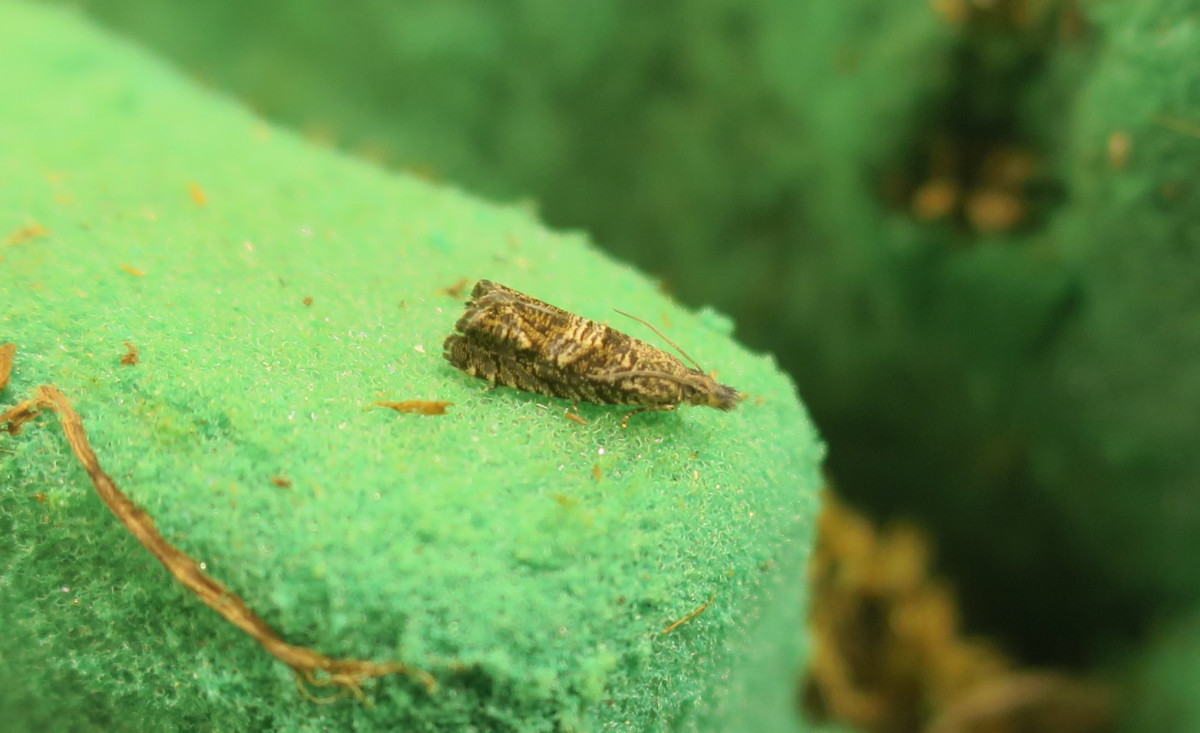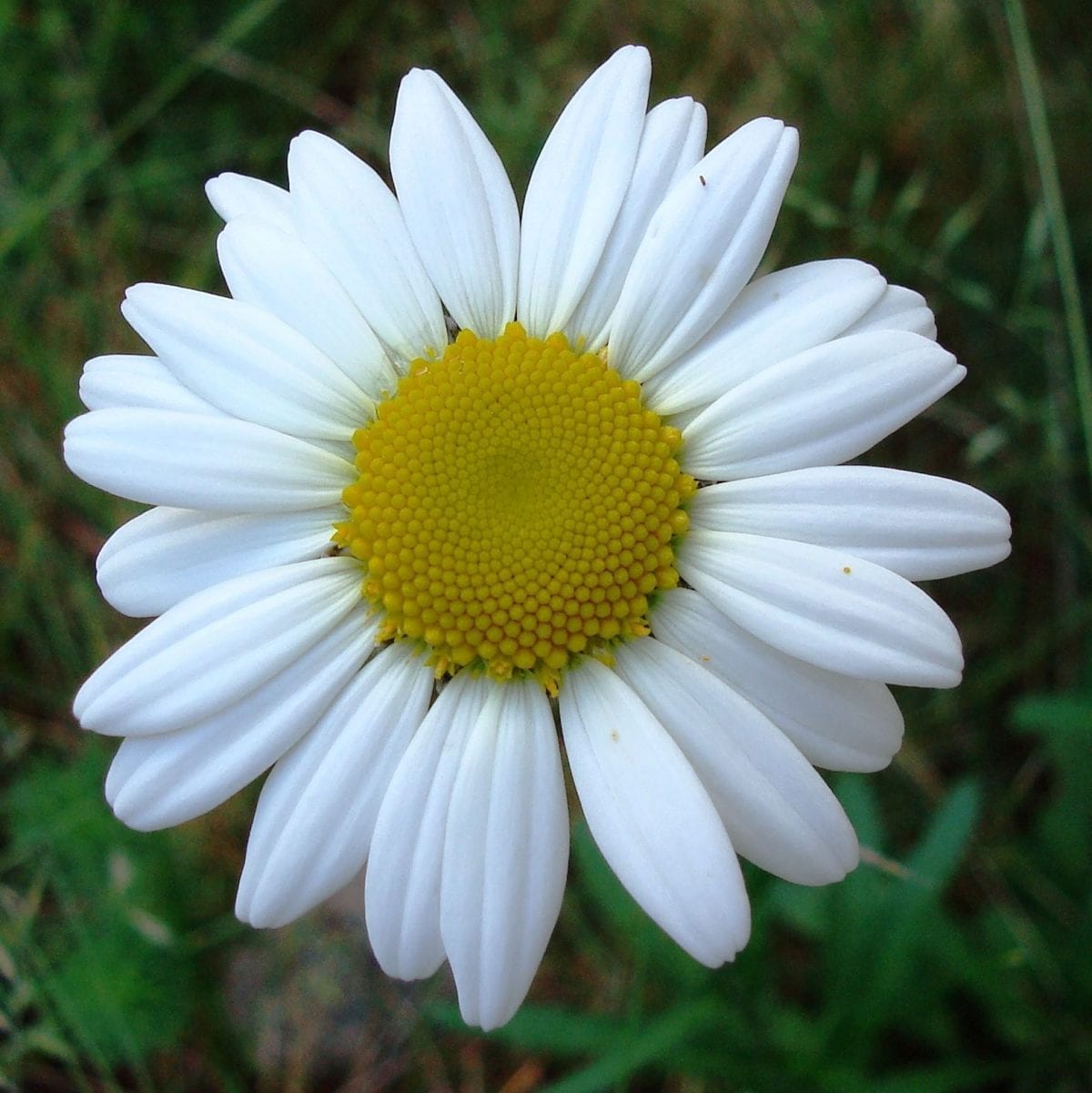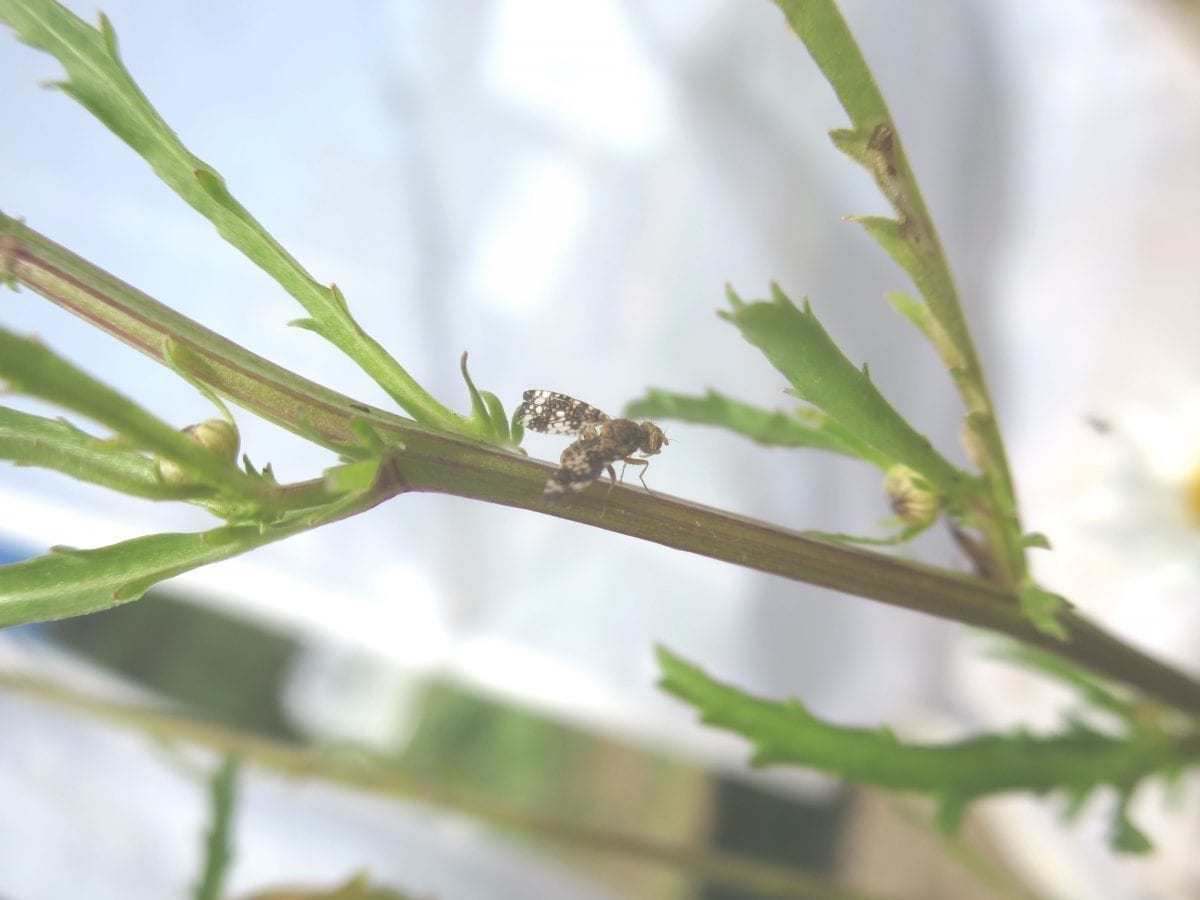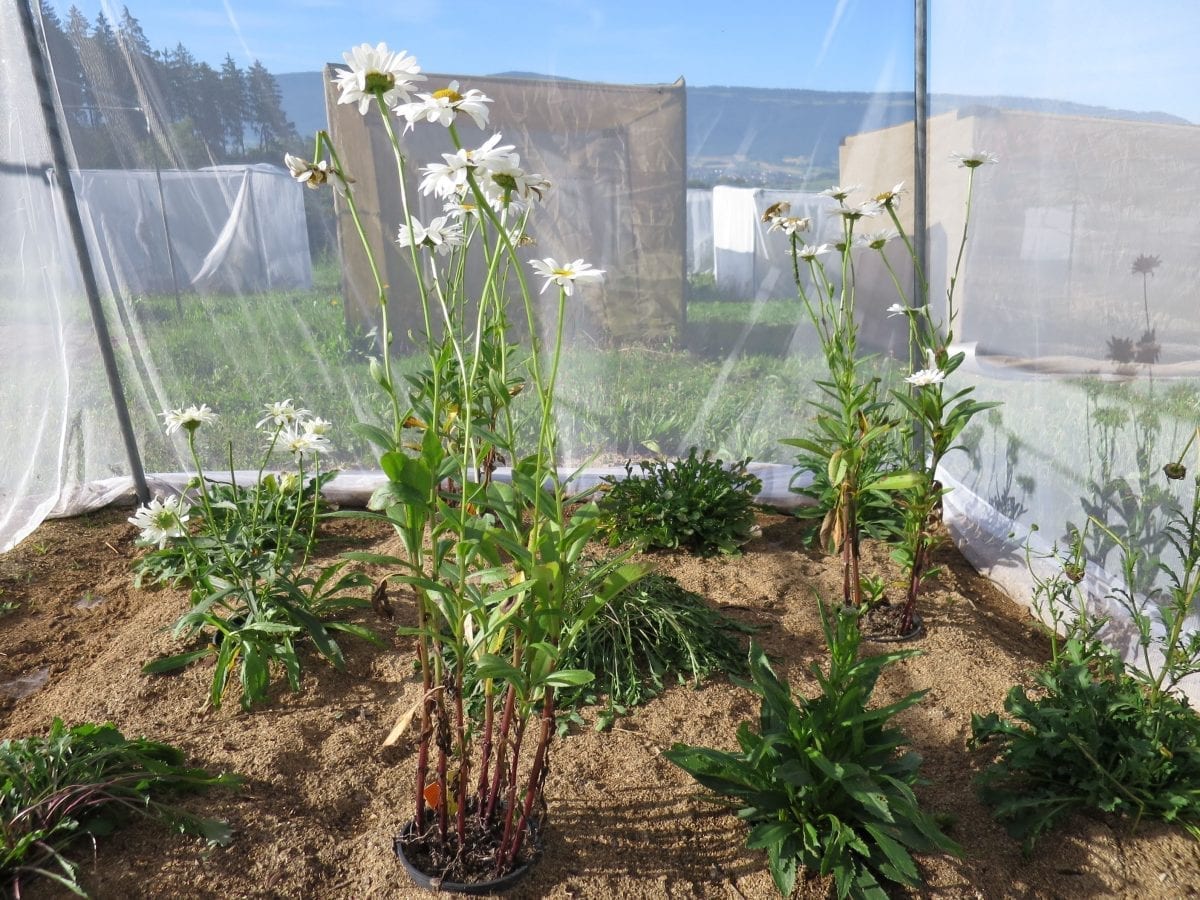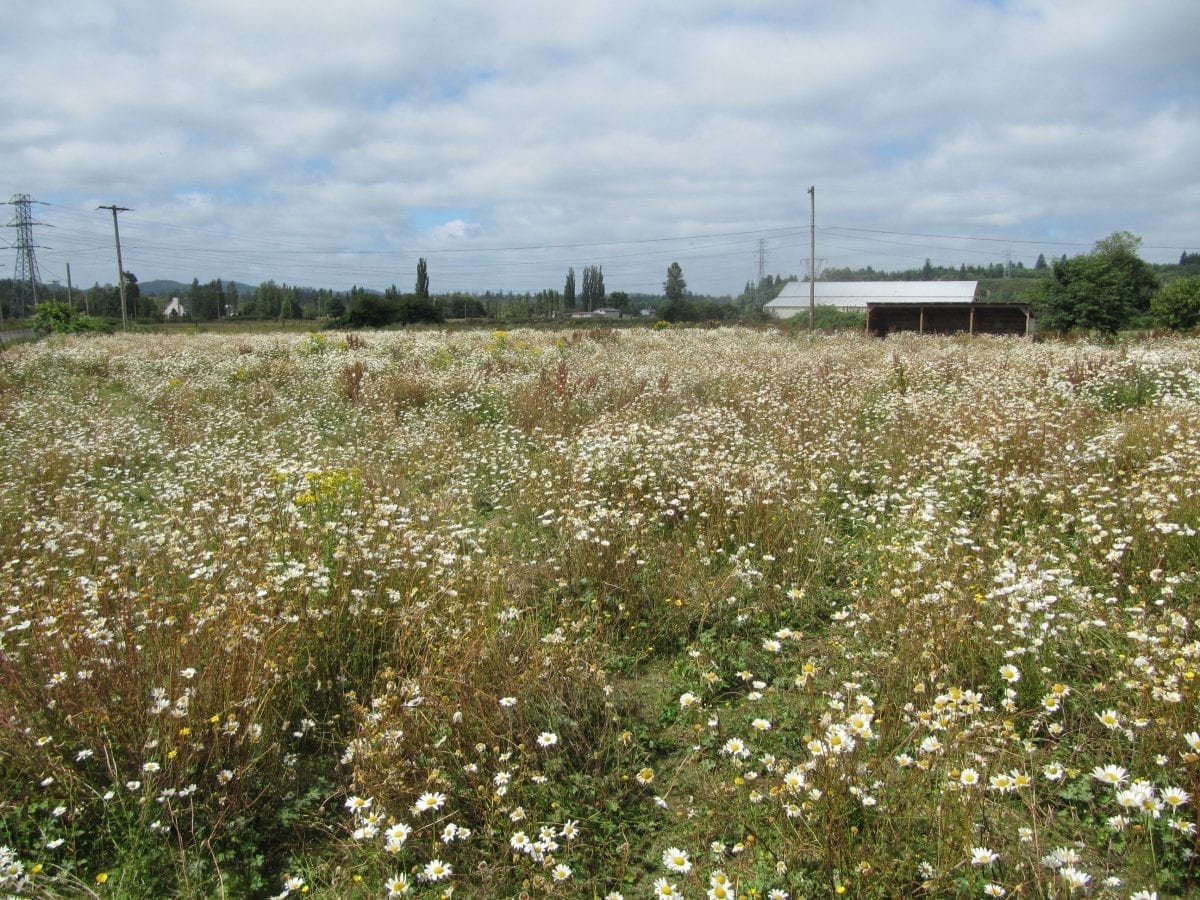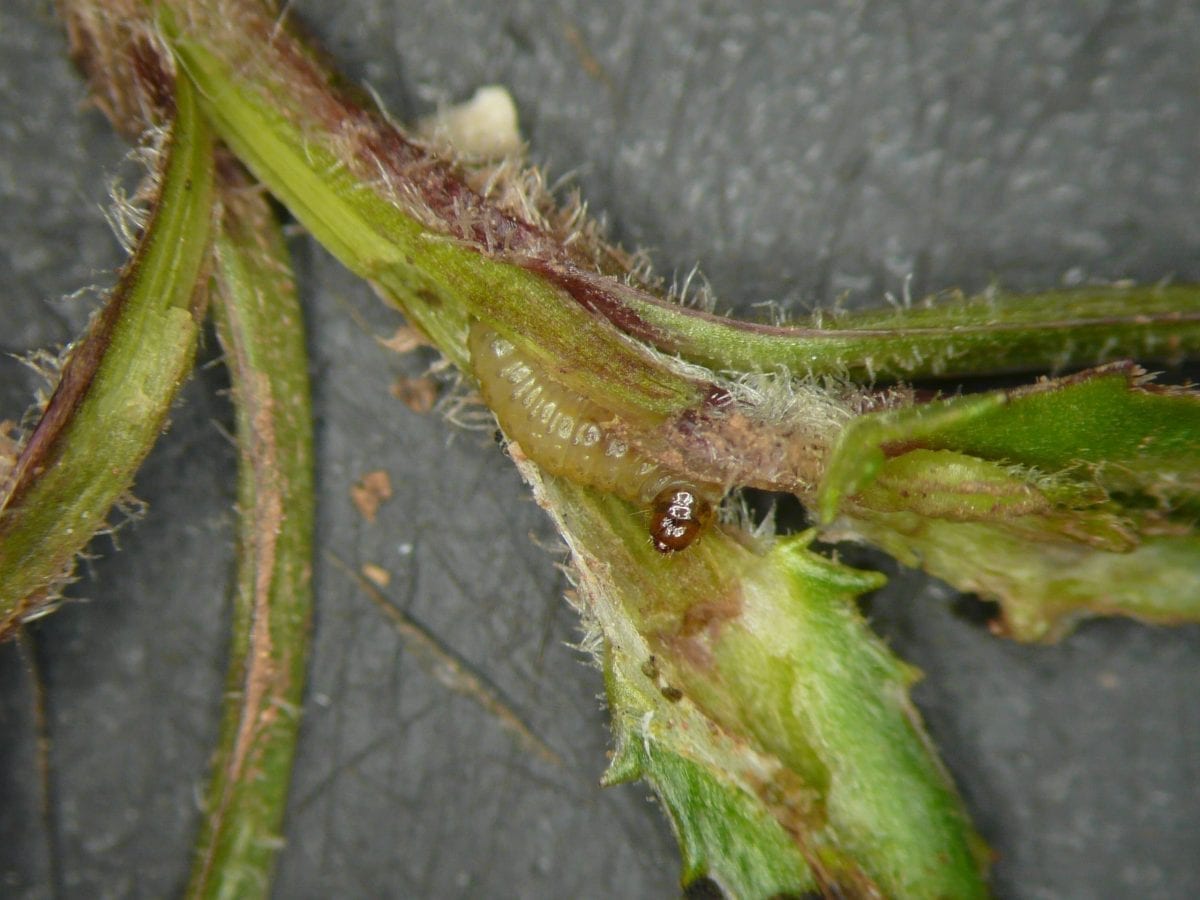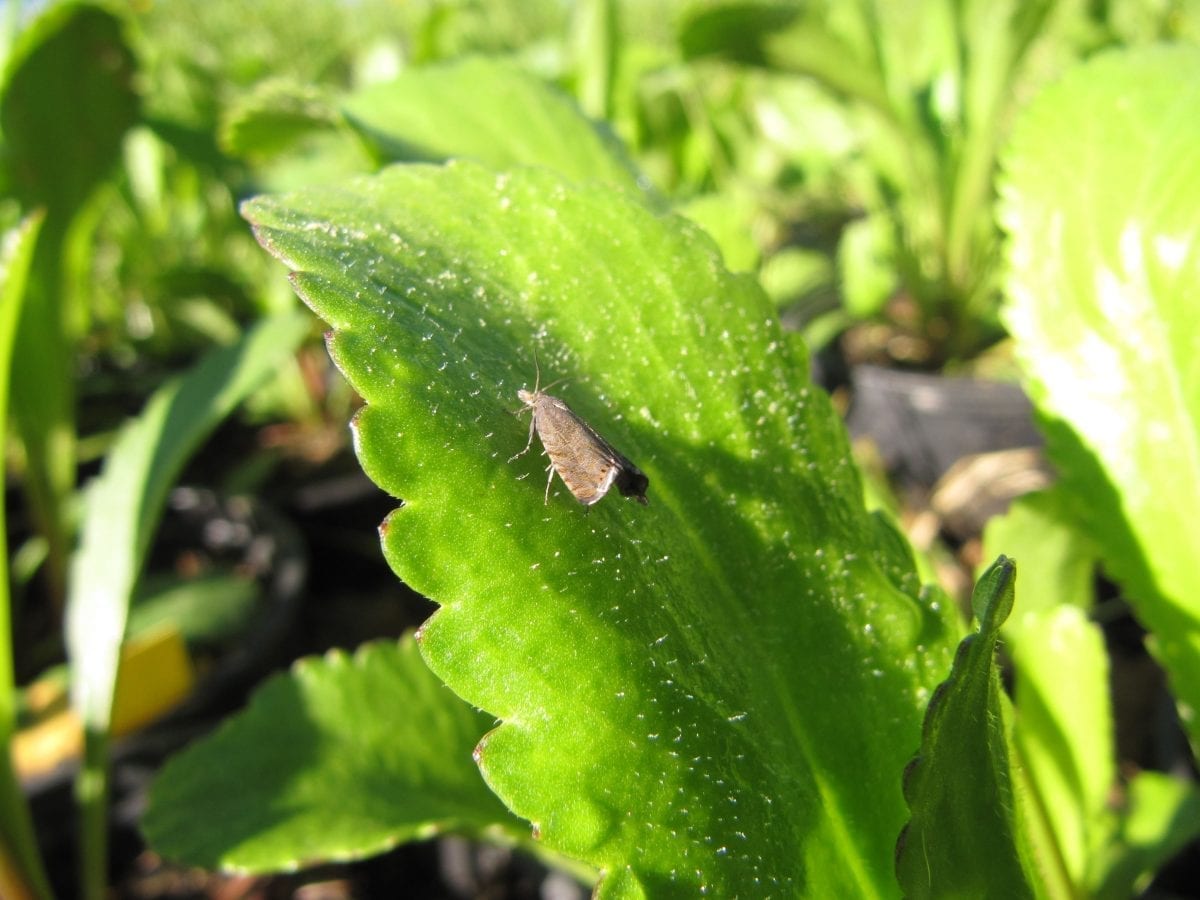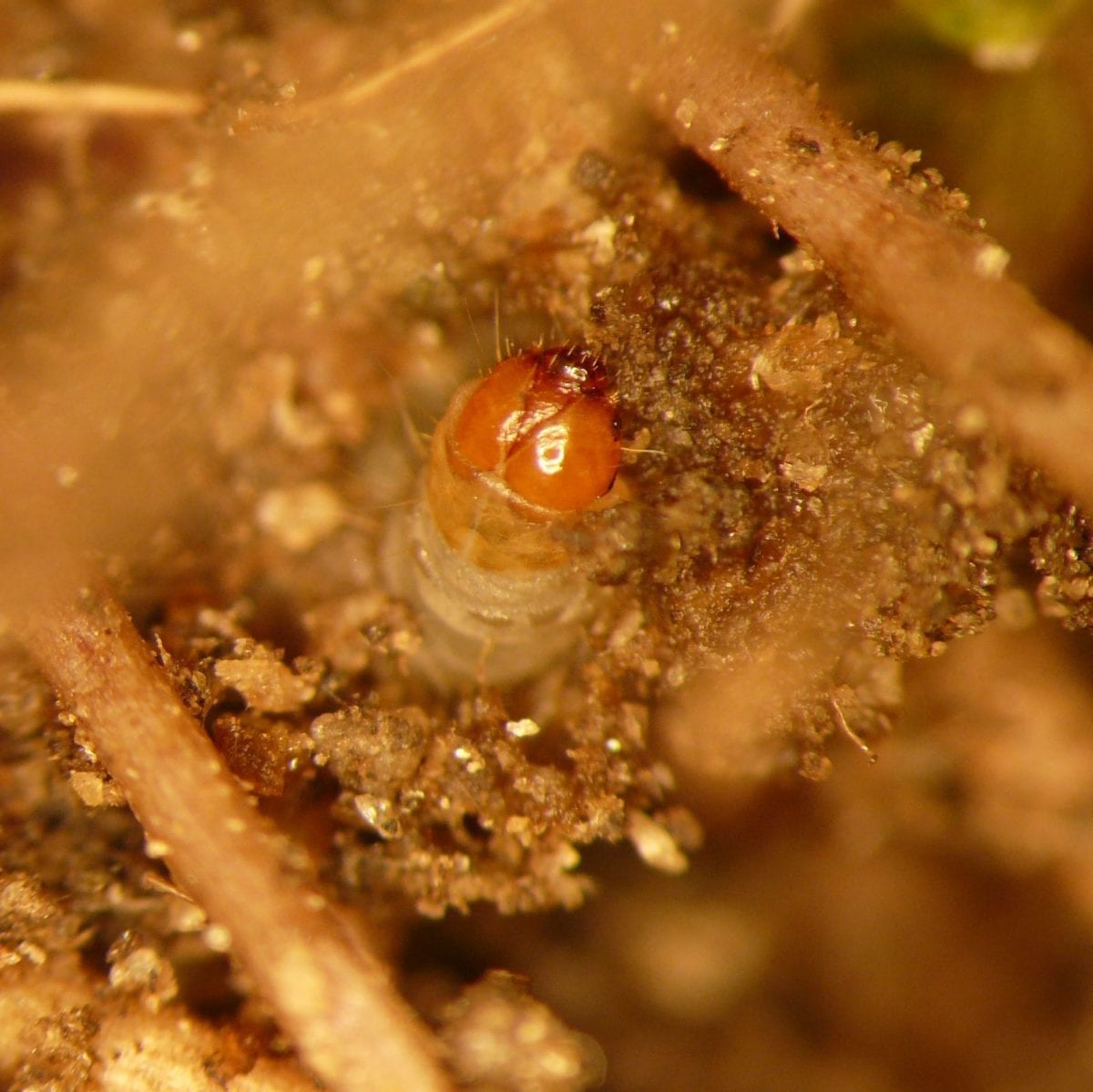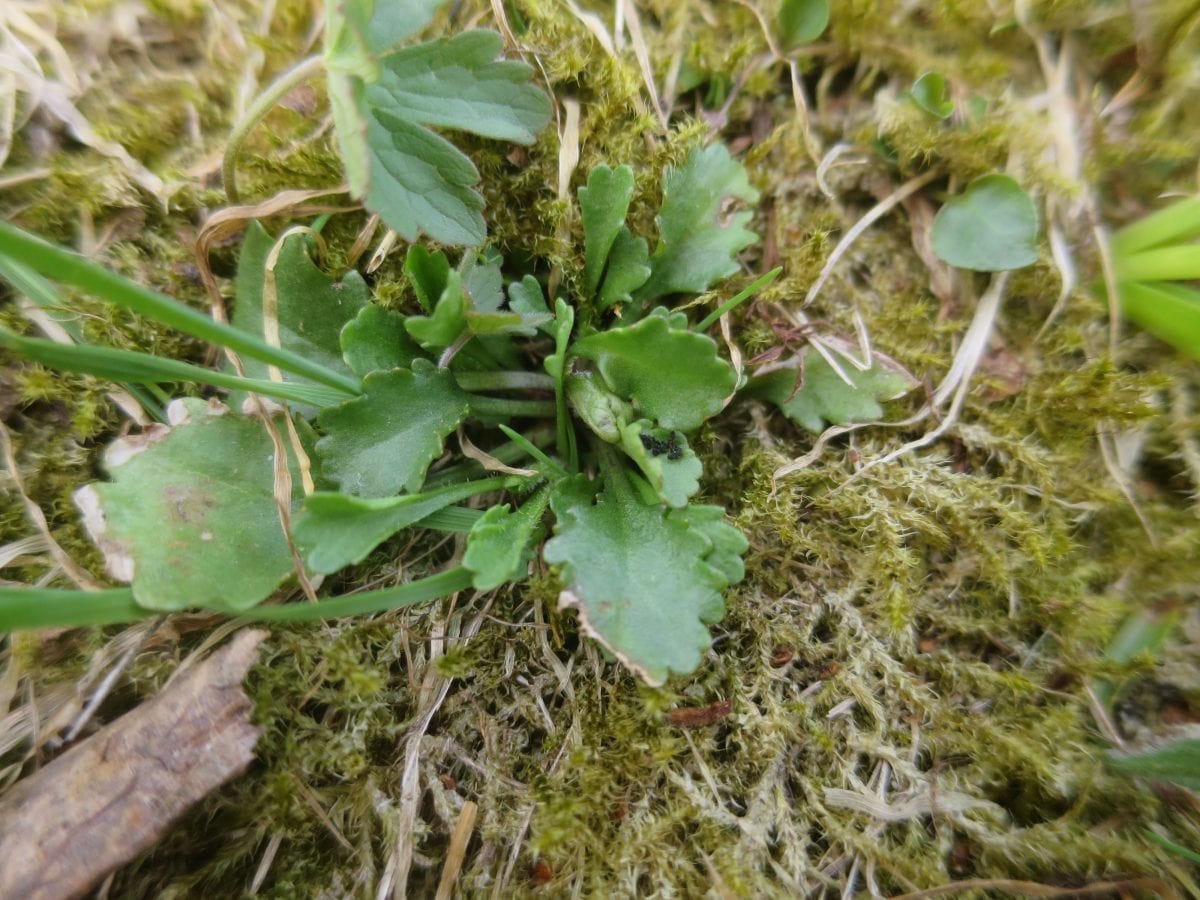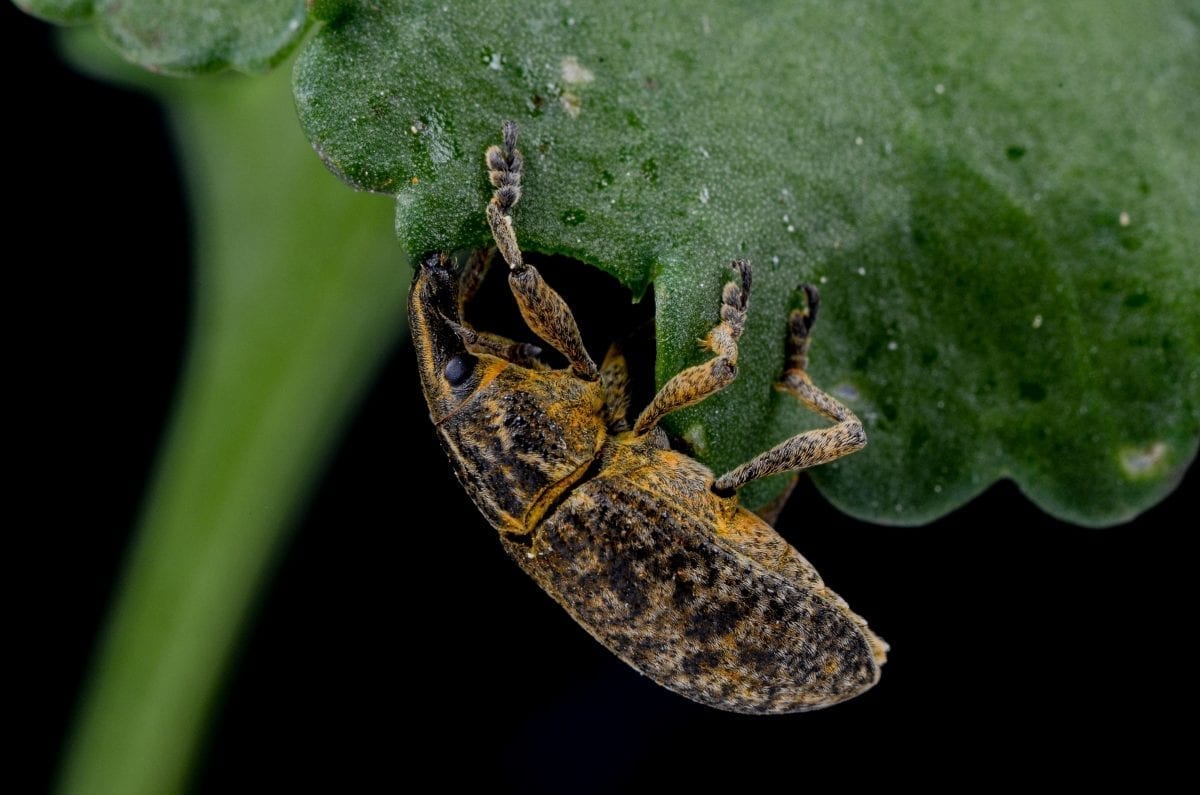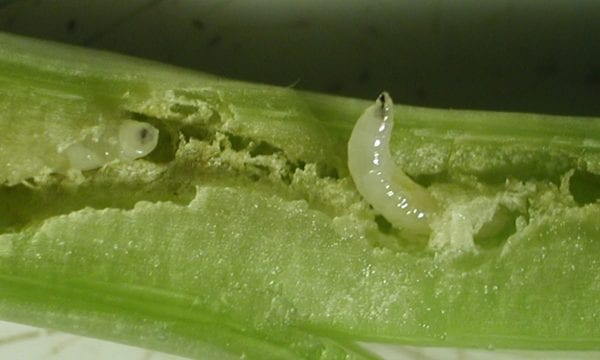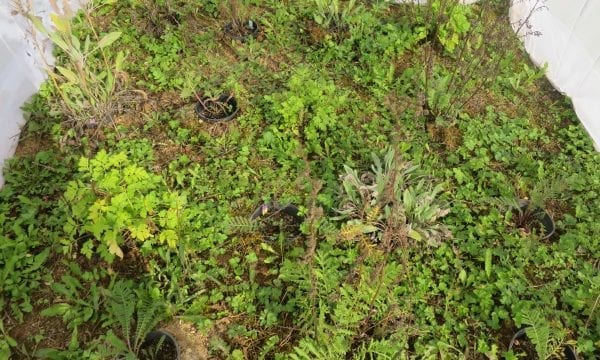Biological control of oxeye daisy
Although closely related, Oxeye daisy is an invasive weed in places like North America and Australia, while Shasta daisy remains a garden favourite, especially in North America. CABI is investigating whether specialist natural enemies from oxeye daisy’s area of origin in Eurasia could be introduced in North America and Australia as biological control agents. In North America the popularity of Shasta daisy makes this a challenge because any introduced agent must damage oxeye daisy but not Shasta daisy.
Project Overview
So, what’s the problem
Oxeye daisy (Leucanthemum vulgare) is a perennial herbaceous plant with showy flowerheads. Originating from Europe and western Asia, it has been introduced to many other parts of the world. It became naturalised in the wild throughout most of temperate North America and in south-eastern Australia, where it is found in pastures, meadows and open woodland, and on roadsides and wasteland.
Oxeye daisy is highly invasive and difficult to control by conventional means. Biological control offers an alternative approach: one reason for the plant’s impact may be the absence of natural enemies that attack it in its area of origin. The challenge is to find natural enemies that attack oxeye daisy but do not damage related ornamentals or native species.
What is this project doing?
In 2008, CABI was asked by the Ministry of Forests in British Columbia to investigate the prospects for biological control of oxeye daisy in North America. CABI has since become involved in a similar project for Australia.
A literature survey revealed some 80 insect species known to feed on oxeye daisy in Europe – about 25% are thought to have a narrow host range. Seven species were prioritised as potential biological control agents: the root-mining tortricid moths, Dichrorampha aeratana and D. baixerasana, the shoot-mining moth, Dichrorampha consortana, the root-feeding weevils, Cyphocleonus trisulcatus and Diplapion stolidum, the root-galling fly, Oxyna nebulosa, and the flowerhead-attacking tephritid fly, Tephritis neesii.
The next step is to study these species in depth to assess their suitability for introduction to North America or Australia. We are looking for species that are both specific and damaging to the target weed, but not to non-target species.
Results
The weevils, D. stolidum and C. trisulcatus, and the fly, T. neesii, were rejected because they proved not specific enough for introduction in North America.
Tests with the root-mining tortricid moth, D. aeratana, proved to be very promising. From laboratory tests, we found that its fundamental larval host range (the plant species the larvae can develop on) is mainly restricted to the genus Leucanthemum. In 2021, we completed testing and, in collaboration with our partners in Canada and the US, we applied for permission to introduce it to North America. In Canada, a release permit was granted in 2022 and the first releases of D. aeratana took place in British Columbia and Alberta in 2023. In the US, the USDA-APHIS Technical Advisory Group (TAG) recommended its field release in 2022. In the US, the moth now has to pass further environmental regulations before being permitted for release. An application to release this species in Australia will be prepared by our collaborator in Australia.
We started tests with the root-galling tephritid fly, O. nebulosa, in 2016. In no-choice tests (where the fly is exposed to only one test species or the target weed), galls were exclusively found on oxeye daisy and, to a much lesser extent, on four other species. In choice tests, we found galls only on oxeye daisy and, to a lesser extent, on the ornamental Shasta daisy (Leucanthemum × superbum). We plan to complete host-specificity testing in 2024 and then apply for permission to release this species in Canada and the US.
Tests with the root-feeding weevil, C. trisulcatus, revealed that this species is not specific enough for introduction in North America. However, C. trisulcatus may still be a suitable biological control for Australia where the attacked Shasta daisy (Leucanthemum × superbum) is less common and an application to release this species in Australia will be prepared by our collaborator in Australia.
We are currently also investigating the biology and host range of the shoot-mining tortricid moth, Dichrorampha consortana.
Project Manager

Sonja Stutz
Research Scientist, Weed Biological Control
Rue des Grillons 1 CH-2800 Delémont, Switzerland
Partners
Agriculture and Agri-Food Canada (AAFC), Lethbridge Research and Development Centre
New South Wales Department of Primary Industries, Australia
McClay Ecoscience, Ottawa, Canada

